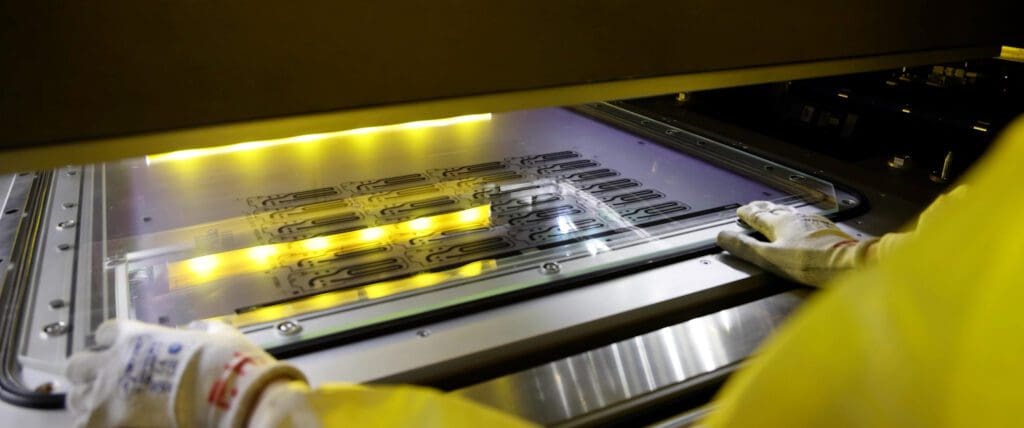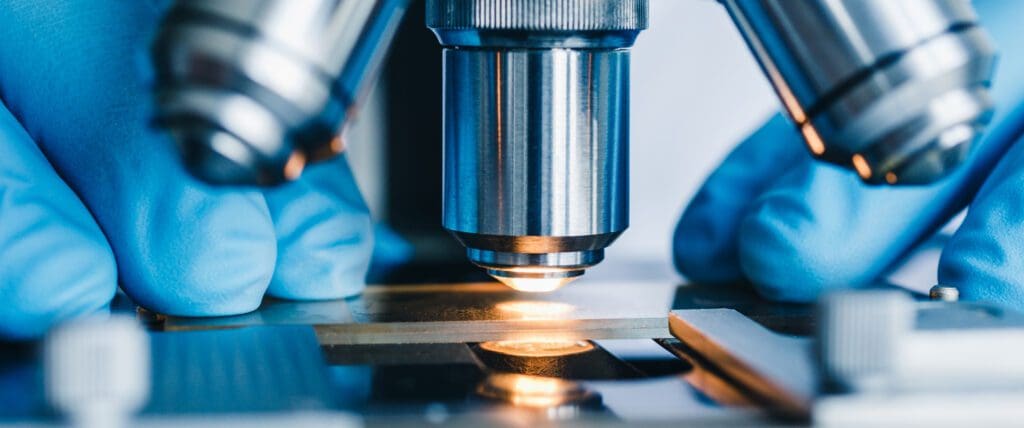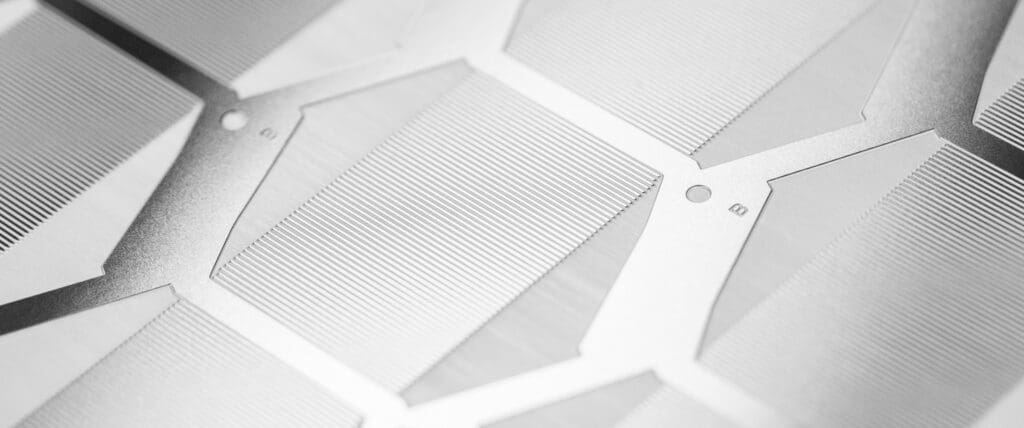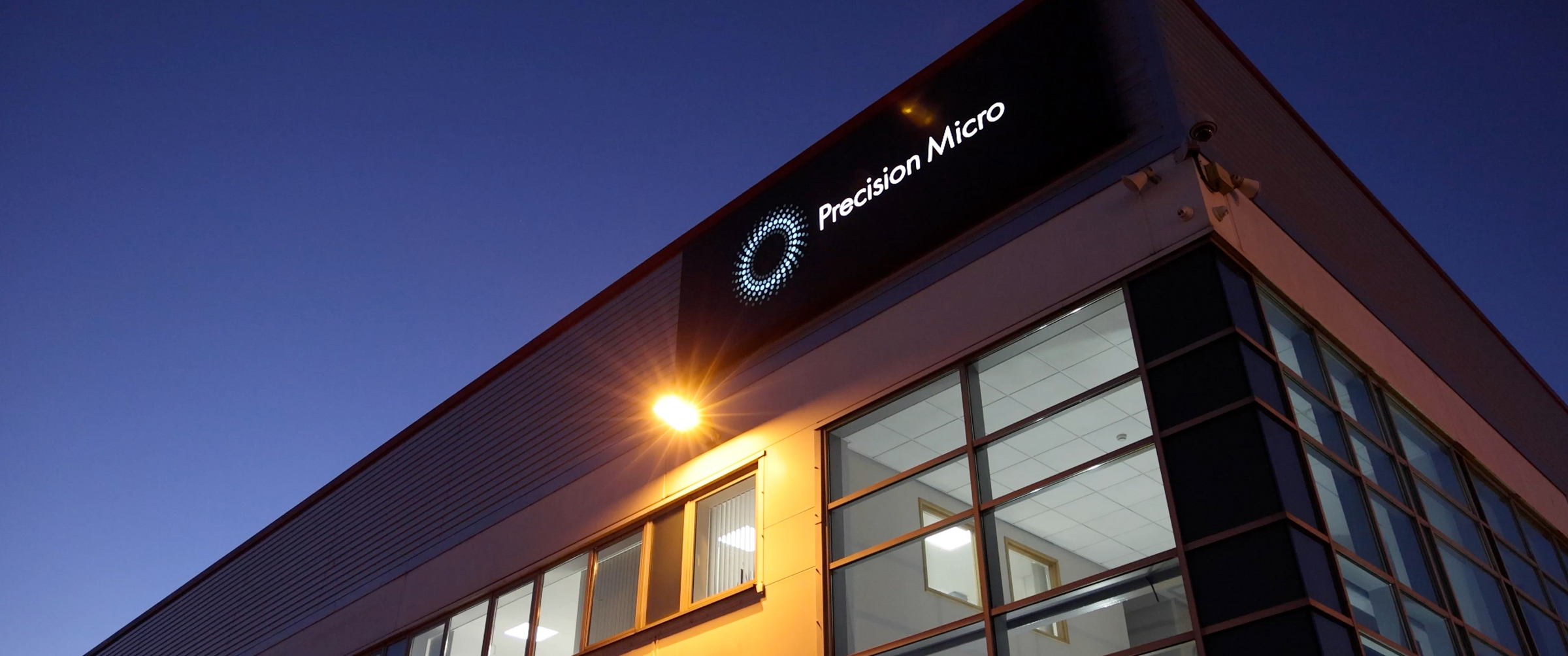Chemical etching’s role in custom flat spring production
Custom flat springs are specialised components designed and manufactured to play a crucial role in various industrial applications across a range of industries.
This post will explore what custom flat springs are and which applications they are used in, whilst comparing manufacturing methods like traditional stamping and more advanced techniques like chemical etching in the production of precision flat springs.
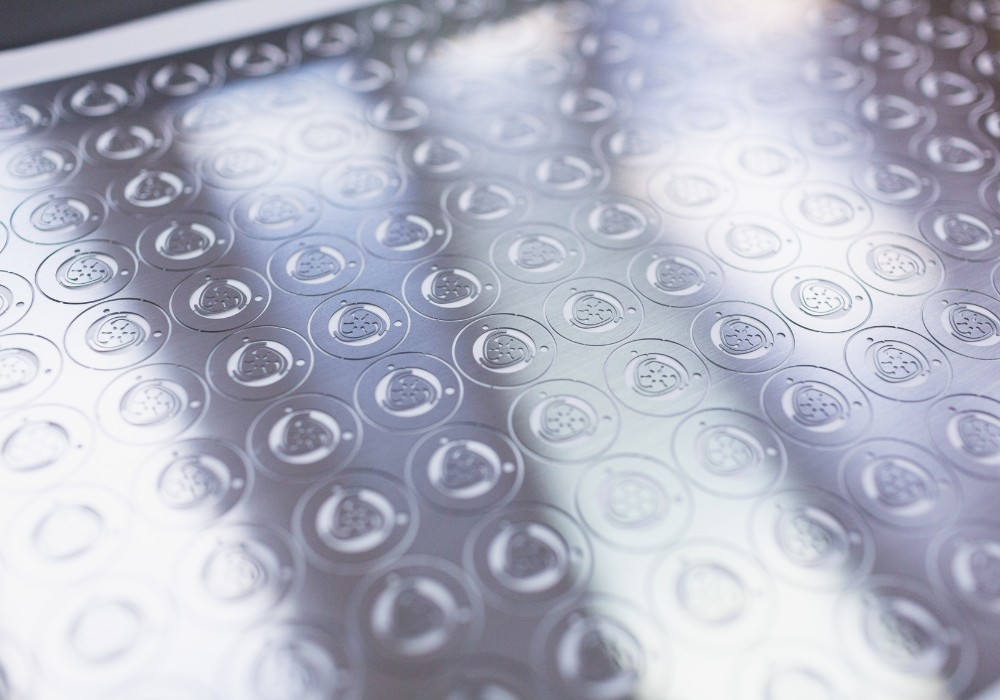
What are Custom Flat Springs?
Custom flat springs are characterised by their flat design and are manufactured specifically for a particular application or purpose within a device. These springs are engineered to efficiently store, and release energy ensuring optimal performance.
Manufactured from high-grade sheet metals, they are produced in various shapes and sizes and are favoured in applications with space constraints or when the spring is an integral component of a larger mounting assembly.
Types of Custom Flat Springs
Flat springs span across a range of forms and designs, and whilst many are tiny pieces of flexible metal used in intricate assemblies, some are much bigger and slightly more complex. Two common types of flat springs are:
V-Springs
V-springs, also known-as Cantilever or Meander V-springs, deliver consistent linear loads across a wide deflection range within spring-energised seals. Their unique design effectively absorbs energy, often serving as a locking element in various components. Valued for simplicity and versatility, V-springs are suitable for static and slow to moderate dynamic motion applications in industries like electronics, automotive, aerospace and medical devices.
Flexure Bearing Springs
Flexure bearing springs are mechanical components designed to provide rotational motion or flexibility in a single plane while constraining movement in other directions. These springs typically consist of thin, flat structures or beams that offer advantages such as high precision, minimal friction and low maintenance. Flexure bearing springs are commonly used in applications within the aerospace, electronics and medical industries where controlled and repeatable motion is crucial.
What are Custom Flat Springs Used for?
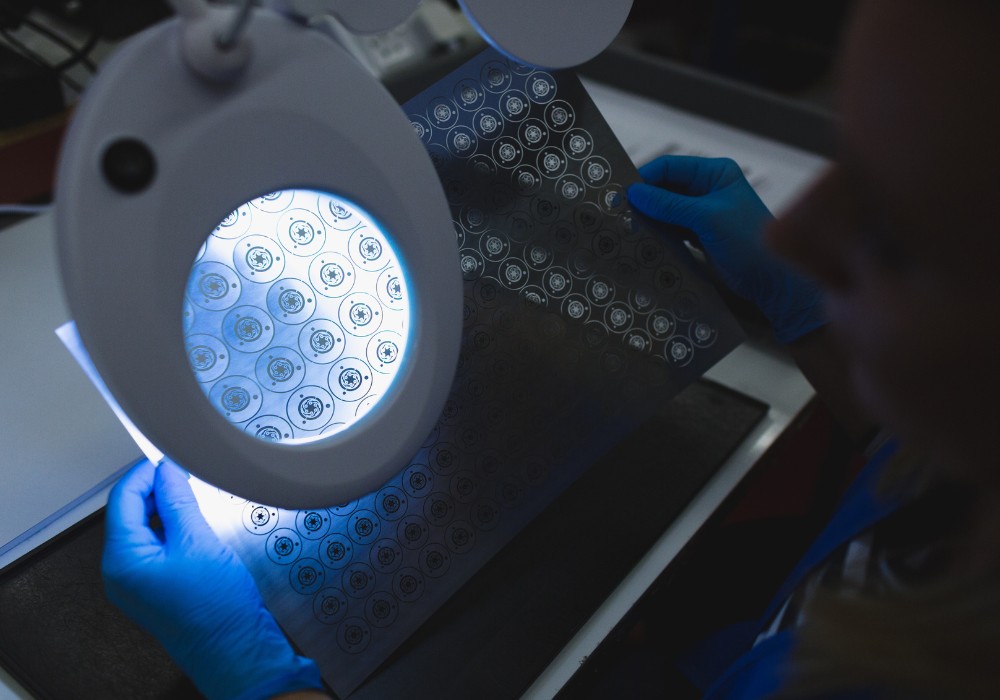
Flat spring manufacturers have the capability to produce specialist metal springs in entirely bespoke shapes and designs. These custom springs prove suitable for various applications, including:
- ABS braking systems
- Gasoline direct fuel injection
- Catalytic converters
- Satellite cryogenic coolers
- Microphone diaphragms
- VCM camera springs
- Cochlear implants
What Materials Can Be Used for Custom Flat Springs?
Metal flat springs can be manufactured from various metals and alloys however, the choice of material depends on the specific requirements of the end component. Common metals used for flat spring production include:
Spring Steel and Stainless steel
Stainless steel flat springs are favoured due to their excellent corrosion resistance, durability, fatigue strength and the ability to withstand harsh environments, ensuring reliable performance and longevity in various applications.
Copper, Brass, Beryllium Copper and Nickel
Non-ferrous metals including copper, nickel and its alloys excel in flat spring production due to their high conductivity, excellent spring properties, corrosion resistance, malleability, low friction, ductility and non-magnetic nature.
Stamping Custom Flat Springs
Stamping is a widely used traditional machining process for producing custom flat springs. Utilising a specialised die, it exerts controlled force to cut and shape springs from metal sheets, offering a rapid and streamlined approach for high-volume production runs and providing a reliable and repeatable process that ensures consistent, high-quality components.
However, stamping does have its limitations. The contact nature of the process has the potential to deform springs, leading to material stress and burred edges, compromising attributes like flatness and fatigue strength. It also imposes constraints on metal types and design complexity for engineers.
Chemical Etching Custom Flat Springs
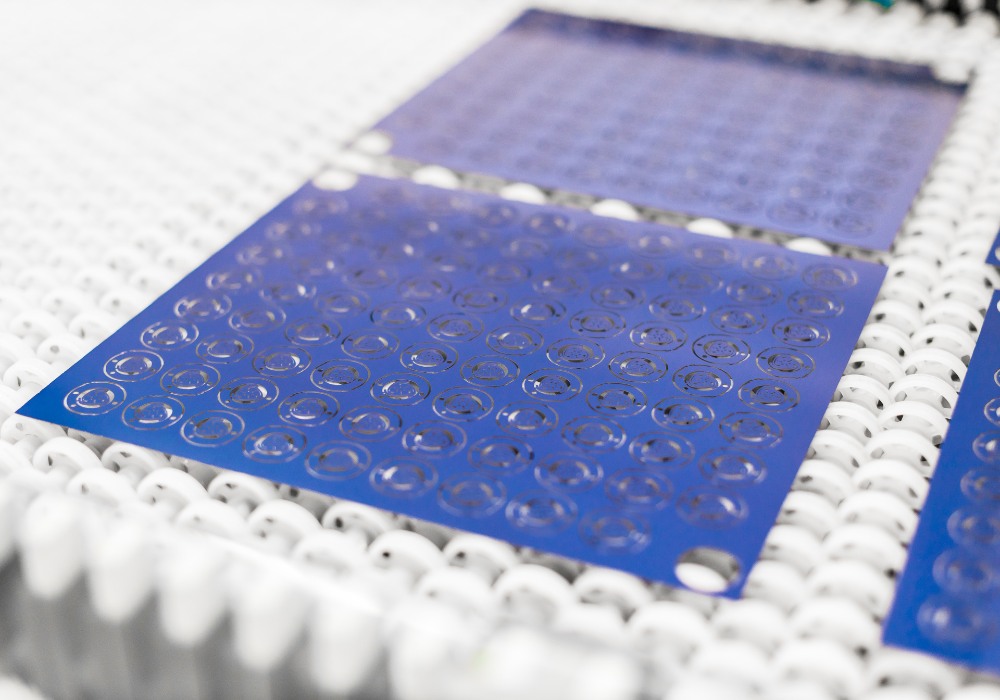
Photochemical etching stands as a lesser-known, non-contact, and non-thermal machining method which uses chemical etchants to selectively dissolve material from a metal sheet, ensuring optimal flat spring accuracy and performance.
Zero Component Distortion
Chemical etching does not alter the mechanical properties of spring materials – overcoming the challenges faced using conventional production methods. This ensures that every flat spring produced is 100% burr and stress-free with zero distortion or material degradation.
Material Versatility
Photo etching offers a versatile solution for engineers, accommodating virtually every metal type, including all spring steel grades like 301 and 177PH to specialised flapper valve steels alloyed with molybdenum. It also has the flexibility to handle thicknesses ranging from 0.01mm to 2.5mm, ensuring robust fatigue strength under both bending and impact stress.
Low-Cost Tooling & Prototyping
By utilising digital photo tooling, the need for conventional hard tooling is eliminated, providing engineers with cost-effective set-up costs and rapid prototyping. Engineers can make seamless design amendments in a short period of time, whilst achieving tolerances as tight as ±0.020mm, ensuring the production of precision flat springs.
Conclusion
Photochemical etching stands as an advanced machining process that effectively overcomes the limitations often encountered in traditional machining techniques when producing custom flat springs. It guarantees the production of defect-free, high-quality components and provides engineers and designers with the flexibility, accuracy and speed needed to push the boundaries of flat spring production.
Chemical Etching Whitepaper
Learn how chemical etching can overcome the limitations of traditional sheet metal machining technologies.
Download